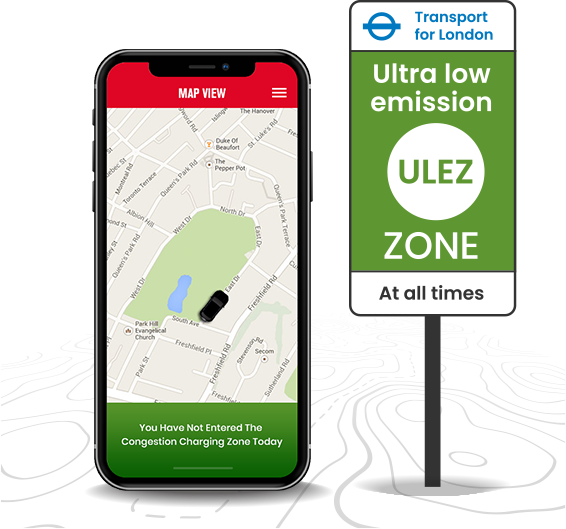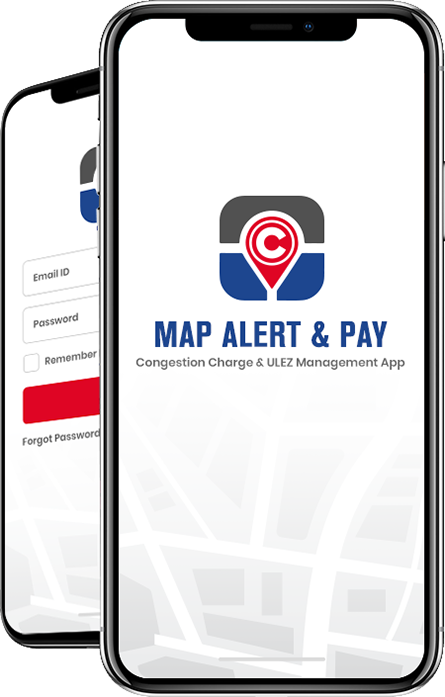

London was the first major UK city to introduce a congestion charge back in 2003, in an
attempt to cut levels of pollution and traffic in the city centre. London isn’t alone in
charging motorists; several other cities such as Stockholm, Singapore and Milan have
similar schemes. The method for charging motorists in London has changed several
times over the years, the charging zone has expanded and the types of vehicles involved has changed too. If you’re understandably a bit confused about what’s going
on, here’s everything you need to know about the London Congestion Charge.

Get the same awesomeness on both - App Store & Playstore.

Let your mobile notify on entering Congestion Charge zones.
You can turn on the Live Sync and avoid penalties.
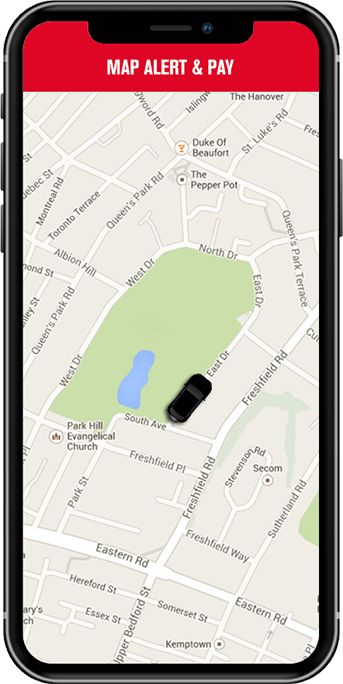

Customize for a daily alert and you don't forget to pay.

Register all your vehicles in one place and manage centrally.

No Wi-Fi? It still works! 3G/4G/5G Supported, how's that?.
London’s congestion charge zone, also sometimes referred to as the Ultra Low Emission Zone (ULEZ) is the area enclosed by the inner ring road. This route starts at Park Lane in the west, south across Vauxhall Bridge, along Kennington Lane to Elephant and Castle, across Tower Bridge, north through Spitalfields, Shoreditch and Angel, then back west past King’s Cross and Euston stations. If you want to drive your car anywhere inside that inner ring, then you’re in the congestion charging zone.
There are lots of signs marking the start of the congestion zone, with a large white letter C within a red circle. There are also markings clearly painted on the road. The Congestion Charge is thought to be responsible for a reduction in traffic levels of between 10% and 12% in central London in the first decade of the scheme’s operation.
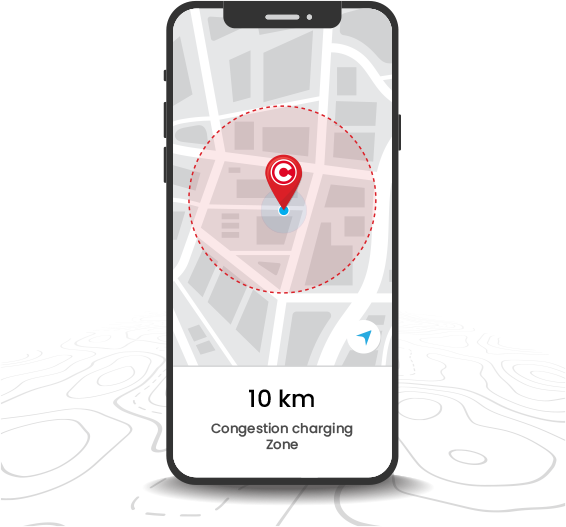
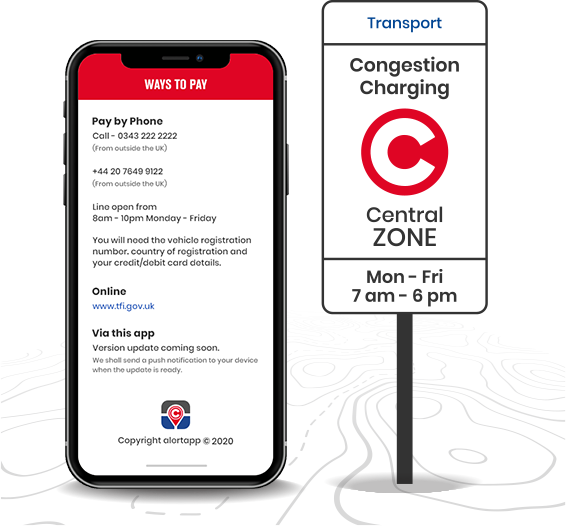
Until very recently, the Congestion Charge in London only applied between 7am and 6pm, on weekdays. However, this has now changed and the charging period is now 7am to 10pm, 7 days a week. The only day on which the Congestion Charge does not apply is on Christmas Day.
Although there is always lots of publicity about changes to the congestion zone area, timing or fees, this is usually directed at London residents. It’s very easy to get caught out if you only travel into the capital a couple of times a year, or less frequently. Check the Transport for London website before you head into the city to ensure you’re completely up to date with the rules and regulations.
The current charge for cars entering the Congestion Charge zone is £15 per day. You can take your car in and out of the charging zone as many times as you like in that one day, and will only pay one £15 charge. These charges have risen considerably over the years. When first introduced in 2003, the fee was £5. It then rose to £8 in 2005, £10 in 2011 and £11.50 in 2014. The money which Transport for London receives from the Congestion Charge is invested into improving both the city’s road and bridge network, as well as funding improvements to public transport and other initiatives such as cycle paths.
Enforcement works by using automatic number plate recognition. A camera will record your car’s number as you enter the zone. You have three days to log into the website and make the payment for the Congestion Charge using a credit or debit card. If you know in advance that you are planning to travel through the Congestion Zone then you can also log in to pre-pay your charges.
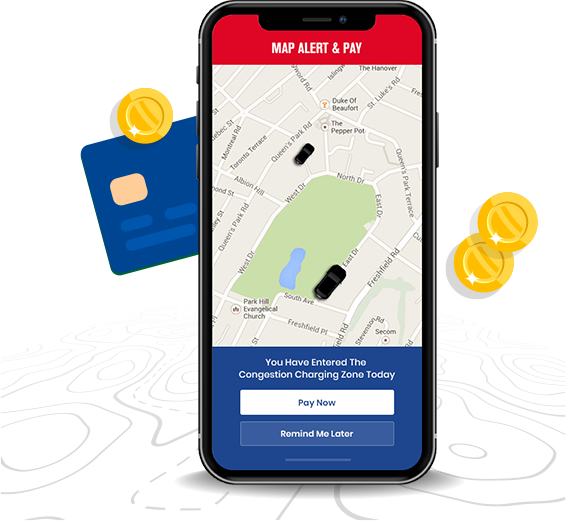
There are a number of vehicles which are exempt from paying the congestion charge, and some circumstances in
which you could apply for a reimbursement of congestion charges.
The congestion charging zone operates in parallel with the Ultra-Low Emission Zone, which is aimed at keeping the most polluting vehicles out of central London. If any vehicle doesn’t come up to current European emissions standards, there is an additional fee to pay. This could be as much as £100 for the most polluting lorries, buses or coaches.
